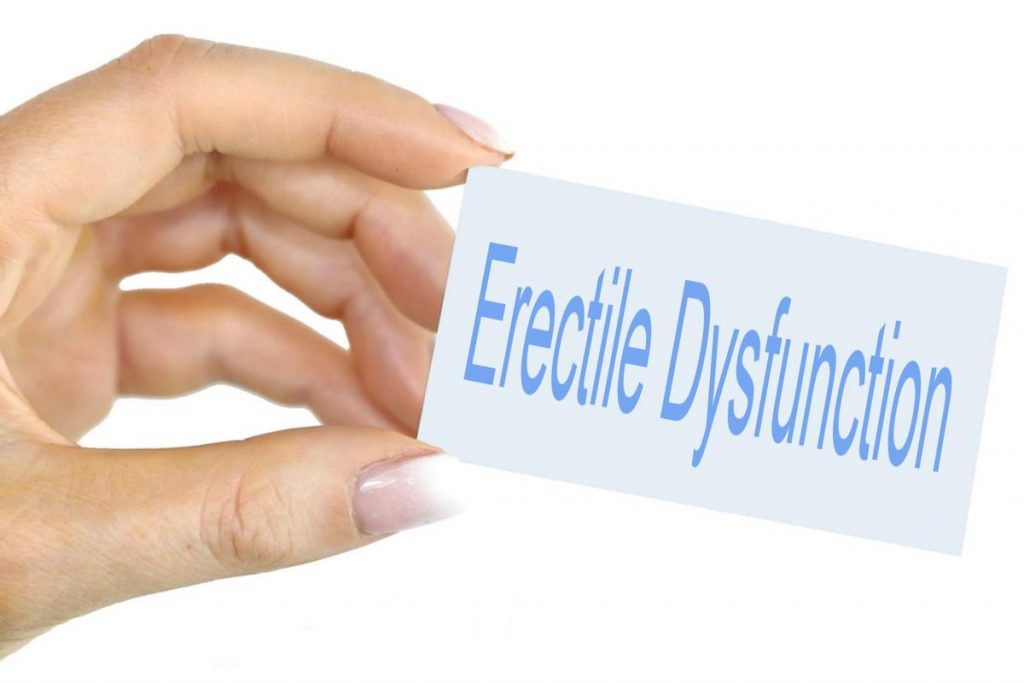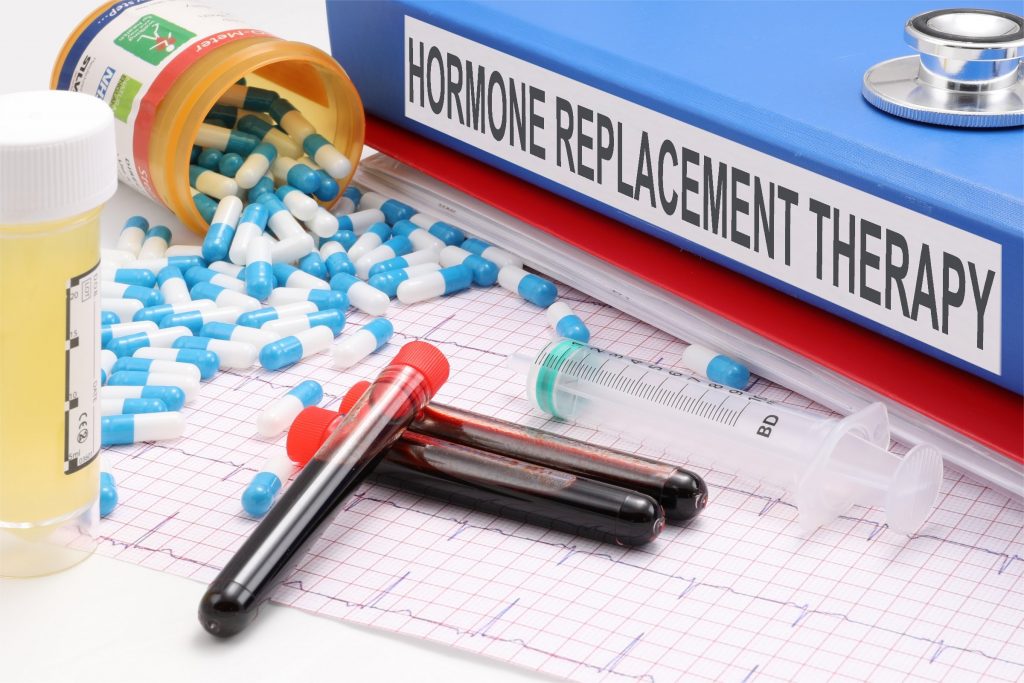Introduction:
Everyday, I get at least 5 Spam mails asking me, whether I have erectile dysfunction? Whether I am able to satisfy my partner? Whether I would like Viagra or Cialis? Apparently erectile dysfunction is a big problem and most adult males are reticent about discussing their problem openly. One of the most embarrassing and shameful conditions that a man may face throughout his lifetime is an inability to perform sexually. It’s a problem that many men throughout the world face.
Consider these statistics:
A one out of nine man in America faces problems with erectile dysfunction. That accounts for over eleven percent of all men in the country! As far as the total number of men in the United States there are that have problems achieving an erection, the number sits at around thirty million people.
Between twenty and forty six percent of all men that are between the ages of forty and sixty-nine experience erectile dysfunction. While the problem is prevalent in those of an older age, it can strike young and old men alike.
What are the causes of erectile dysfunction (ED) in men?
The most common cause of ED are Diseases—such as diabetes, kidney disease, chronic alcoholism, multiple sclerosis, arteriosclerosis, vascular disease, and neurological disease—account for about 70 percent of ED cases. Between 35 and 50 percent of men with diabetes experience ED.
Lifestyle choices like, smoking, being overweight, and avoiding exercise are possible causes of ED.
In addition, many common medicines—blood pressure drugs, antihistamines, antidepressants, tranquilizers, appetite suppressants, and cimetidine (an ulcer drug)—can produce ED as a side effect.
In 10 to 20% cases, experts believe that psychological factors such as stress, anxiety, guilt, depression, low self-esteem, and fear of sexual failure cause ED.
Some foods are great aphrodisiacs:
Some foods are said to increase the libido. The real reasons may be due to psychological effects on the brain, which helps release certain chemicals that increase the libido. It is believed that plant aphrodisiacs include nuts, grains, fruits and some grains. There is no real scientific proof that vegetables, herbs, nuts or grains can really improve libido. Much of our current knowledge is based on folklore.
Vegetables. Asparagus and artichoke are two vegetables that seem to have aphrodisiac like properties although nobody knows what chemicals in them do this trick. Celery is said to contain a hormone called as androsterone, a male hormone that stimulates sexual arousal in females.
Even vegetables like carrot, fennel and onions have a reputation of being good for the libido. In many Indian ashrams, where aspirants are practicing celibacy, onion is never on the menu.
Fruits. Among fruits, banana takes the cake. It is said to contain certain minerals and an enzyme called as bromelain that is supposed to improve the libido. Chinese swear by the pomegranate as a symbol of fertility because of its abundant seeds. The peach is considered to be a seductive fruit, perhaps by virtue of its shape. Perhaps, these fruits have vitamins and minerals that contribute to the well-being of the individual and confer an increased libido.
.
Nuts. The gingko nut is most popular, as it is said to increase the circulation in the lower part of the body and thus improves the libido.
Grains. Grains like oats help the release of testosterone and this helps libido.
.
Herbs and spices. Basil, cardamom, clove, garlic, ginger, pepper and asafetida are good for literally spicing up your sex life.
Some of the best selling herbs for libido:
Ginsengis one of the best-selling herbs in the US and much of Asia. I have to doubt is efficacy. It is valued for its revitalizing capacity and perhaps the root has a peculiar human like shape.
Horny Goat Weed is another popular aphrodisiac from China and its weed is prized.
Fo-Ti is also called he shou wu, which means “black-haired Mr. It is said that a Chinese villager called “He” took fo-ti and restored his black hair, youthful appearance and sexual vitality
Damiana is a plant native to Mexico and the southern United States. It has been widely used as an aphrodisiac in Mexico for men and women.
Tribulus Terrestris is a herb that has been used in the traditional medicine of China and India for centuries.
Tongkat Ali is a tree found in Malaysia, Thailand and Indonesia and is called as the “Asian Viagra”.
Maca is an ancient herb used by ancient Incan warriors before going to battle to make them physically strong. However they were not allowed to take this herb after battle as it increased the libido.
Muira Puama is called as the “potency wood”. It is a small Brazilian tree that grows across the Amazon River basin. It has a long history of use as an aphrodisiac.
.Yohimbe is an evergreen tree that grows in western Africa in Nigeria, Cameroon, the Congo and Gabon. It is promoted as a natural aphrodisiac.
Ayurvedic aphrodisiacs:
Ayurvedic texts provide a detailed classification for male sexual dysfunction.
Herbs for promoting the quality of semen.
The most prominent herb is White Musali. This herb is supposed to increase the sperm count and the quality of semen and increase the motility of the sperms.
Ayurvedic Herbs For erectile dysfunction.
These herbs act as sex stimulants, they promote the sexual drive and increase the sexual desire. Prominent among these herbs are:. Ashwagandha, Musali, Sambal Musali and Nux vomica. Some herbs actually cause sexual arousal by irritating the urinary bladder. Some herbs like Suchi, Karpura, and Sarpagandha sedate the nerves and increase sexual stimulation.
Ayurvedic Herbs For Premature Ejaculation.
These herbs delay the ejaculation of semen and increase the copulation time. These have an astringent and dry property. Some examples are Samundarshosha, Jaiphala, and Akarakara.
Ayurvedic anaphrodisiacs:
Anaphrodisiacs are herbs reduce sexual drive and sexual drive. In the extreme cases these can cause diminished libido and cause Impotency. This action is mediated in two ways. Some of the herbs contain alkalis destroy the semen or decrease its production. I think these herbs are well worth trying on habitual sexual offenders.
Homeopathy and erectile dysfunction.
There are several useful remedies in Homeopathy. Prominent among then is Agnus, Arnica, Avena Sativa, Chininum Sulf, Cinchona, Conium, Damiana, Selenium, Staphisagria, Yohimbine and Zinc phos.
Conclusion:
It is sad to see that men with go to any length to get over this problem, often getting fleeced by quacks.
“The age of discretion is the age of impotence” – Author unknown…
Victims of this malady should first consult their physicians to rule out any organic disease or drug interactions. There are drugs for this disease. Between Viagra and Cialis, I find that Cialis is safer in my allopathic practice. If these drugs do not work, there are papaverine injections, which give you a goodish erection. The ultimate allopathic weapon is the penile implant, which offer good results in well-selected subjects.
If the cause is psychological, which is about 10 to 20 % then counseling may be the best answer. Ultimately sufferers of psychological ED should realize that sex is an act, which is begins between the ears (in the mind) and not an act, which is between the legs alone.
Reference:
www.steadyhealth.com.
www.altmedicine.about.com.
www.webmd.com.
www.mayoclinic.com.



